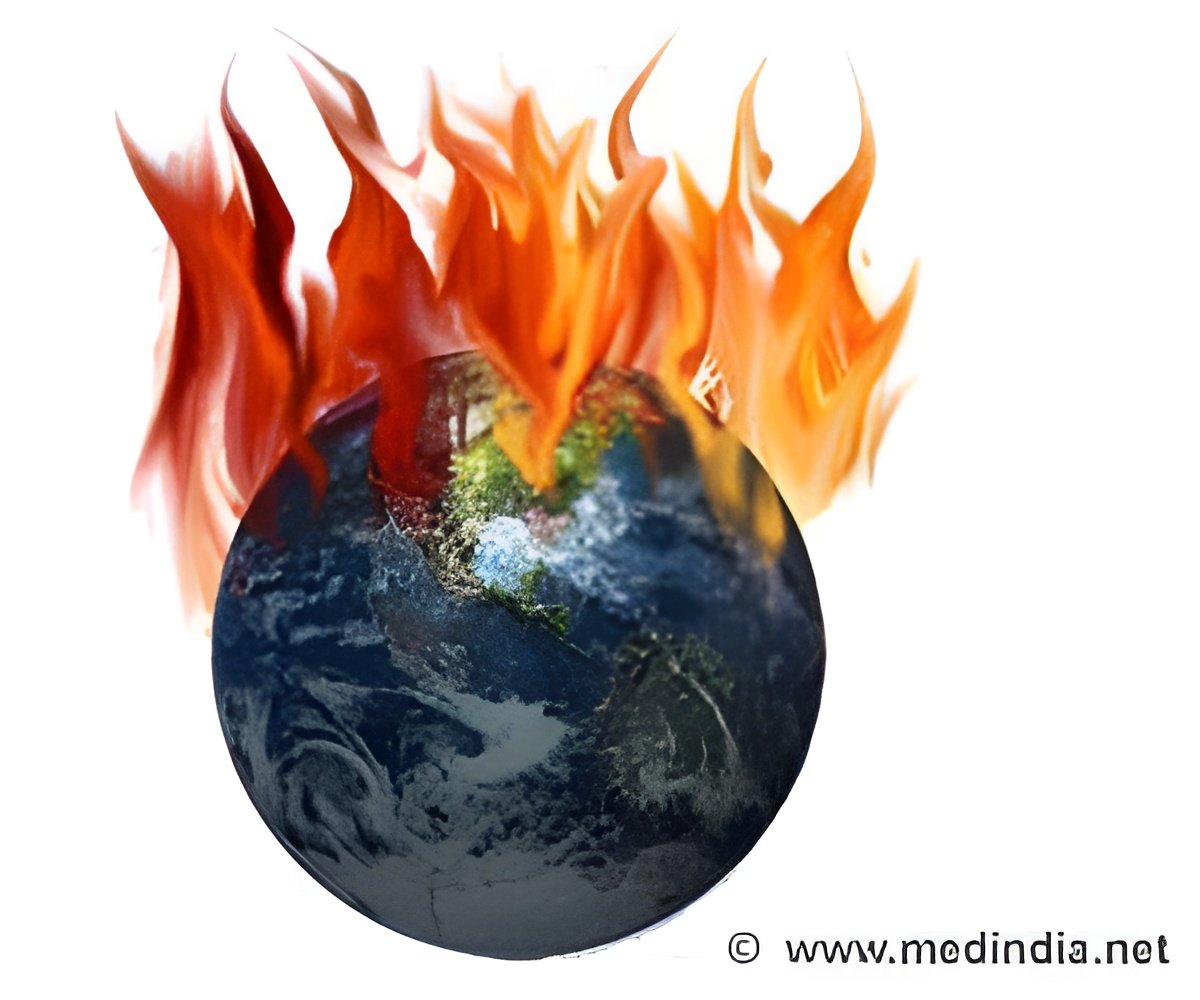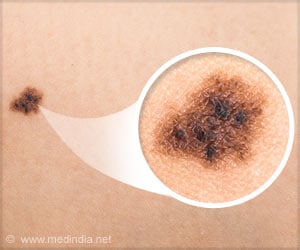Scientists say that the amount of carbon reduced by simply painting roofs white is equal to that of taking all cars off the road for 50 years

City buildings in warm climates with "cool coloured" surfaces that reflect infra-red radiation would also be cooler than traditional buildings and so would conserve energy - and carbon - that would otherwise be used on air conditioning.
Increasing solar reflectance or "albedo" has been suggested as a way of combating the "heat island" effect of towns and cities, where summers are made unbearably hotter in built-up areas by Tarmac roads and dark buildings that absorb sunlight.
Two years ago, Barack Obama's top man on global warming, Professor Steven Chu, the US Secretary of Energy, suggested at the Royal Society in London that one of the most effective engineering measures to tackle rising temperatures is to paint roofs.
"If the building is air-conditioned, it's going to be a lot cooler, it can use 10 or 15 per cent less electricity... you also do something in that you change the albedo of the Earth - you make it more reflective," Professor Chu said.
Now scientists, led by Professor Hashem Akberi, of Concordia University in Canada, have studied this in detail and found that it can have a significant impact.
"Increased albedo can decrease atmospheric temperature and counter some of the anticipated temperature increases from global warming," the Independent quoted the scientists as writing in the journal Environmental Research Letters.
The researchers believe that it would be cheap and easy to increase the albedo of cities by applying the reflective materials when roofs and roads are routinely resurfaced, rather than doing it as a special measure.
Source-ANI
 MEDINDIA
MEDINDIA



 Email
Email




